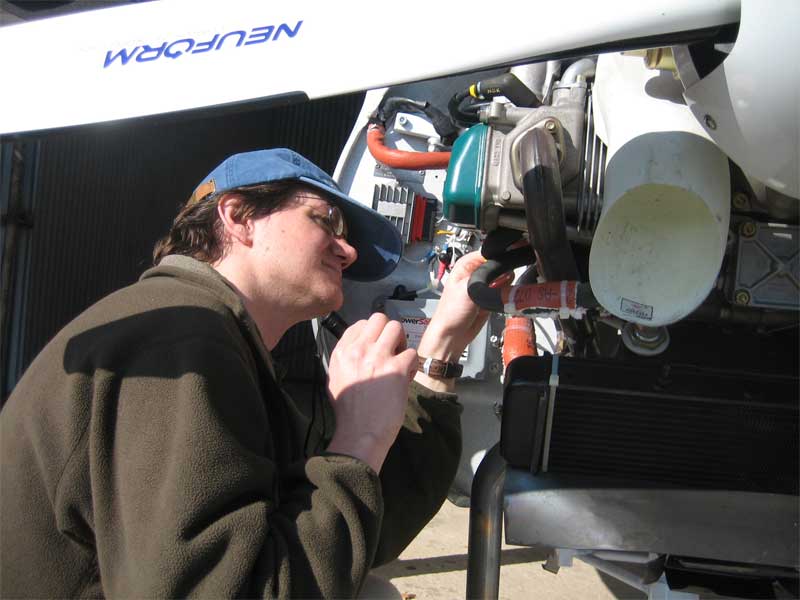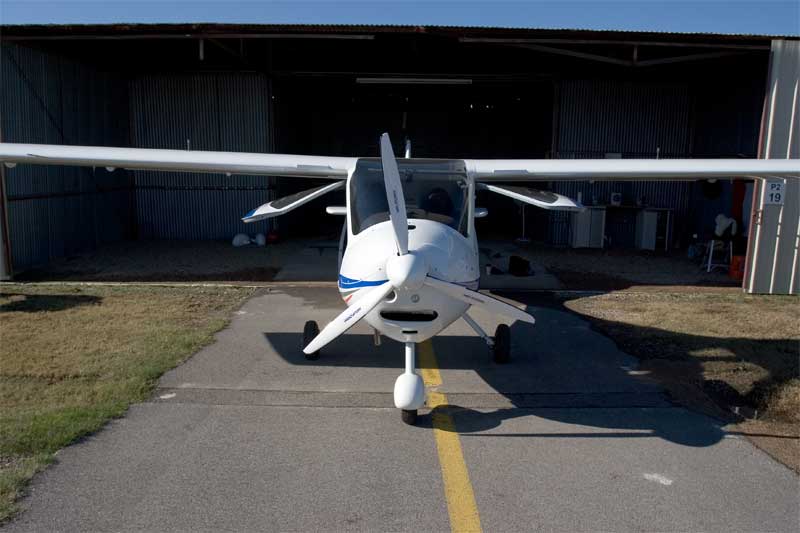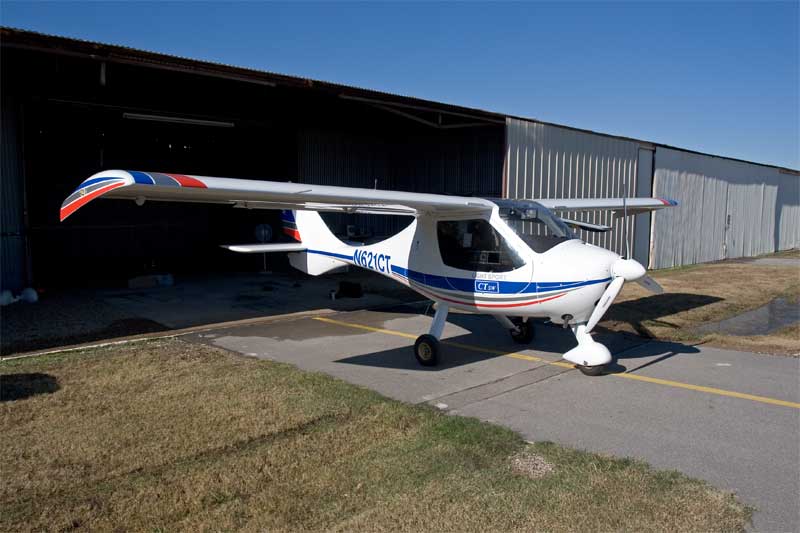Phyrcooler
Well Known Member
This was brought up in an adjoining thread... thought it was newsworthy enough to have its own thread/discussion.  Here's the press release:
Here's the press release:
DJ
Wow... a 2400 TBO. Sweet! Now if it is as light as someone mentioned (installed only 5 lbs more than a 912)... that would be an awesome alternative to the overpriced Rotax. Not sure if there is enough volume to drive the prices down between Lyco/Conti/Rotax/Jab though...? We'll see...Oshkosh, WI - July 28, 2008 - Lycoming Engines, a Textron Inc. (NYSE: TXT) company, announced today at the 2008 EAA AirVenture, the launch of the IO-233-LSA engine. The IO-233-LSA is an American Society for Testing and Materials (ASTM) conformed gasoline engine nominally rated at 100HP to 116HP.
"The IO-233 concept started with several of our own engineers building kit aircraft and needed a power plant they could not find on the market today,? stated Michael Kraft, vice president of Engineering. ?They wanted the strengths of the venerable O-235 Lycoming Engine at less weight with no reduction in reliability and a few key feature enhancements, including low octane unleaded fuel capability. The new IO-233-LSA engine is the result, and we?re confident that it will prove to be a premium engine for Light Sport Aircraft."
New engine design features include the incorporation of throttle body fuel injection with an optimized air induction system and electronic spark ignition within a proven engine. Substantial overall weight reductions and improvements in engine size make the IO-233-LSA well suited for today?s Light Sport Aircraft applications. The engine is also approved for 2,400 hour time between overhaul (TBO) intervals giving it one of the longest Light Sport Engine TBOs in the market today.
To give pilots an unleaded fuel option, the engine will be approved for use on both ASTM D910 100LL and 93 AKI ASTM D484 / EN 228 automotive based fuels that conform to Lycoming specifications.
The IO-233-LSA is currently undergoing final performance and endurance testing. ASTM conformance will be completed in 2008. FAA certification is under consideration for 2009 and may proceed based upon market demand. Performance and packaging information is available now for Light Sport Aircraft OEM use.
DJ







